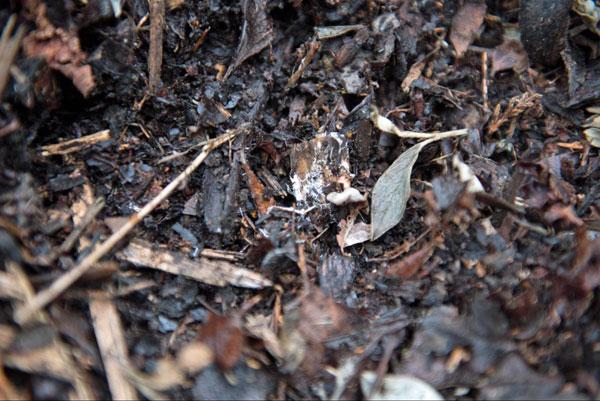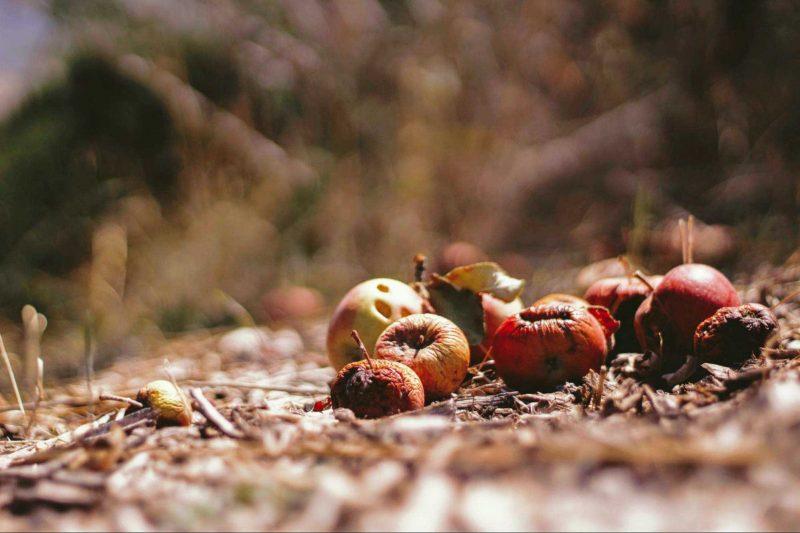Some people never go a day without hearing about the Three R’s: Reduce, Reuse, and Recycle. Fortunately, you don’t have to do three separate tasks to achieve all three goals. Instead, you can just do composting. Compost is a naturally occurring, organic fertilizer formed from vegetable byproducts. Instead of tossing veggie leftovers in the trash, you can limit the amount of waste your household produces by recycling those leftovers and improving your garden’s soil quality at the same time.
How Does Composting Work?
Experiments have demonstrated that a third of the waste from an average household is eligible to be composted. This waste is usually composed of weeds, fallen leaves, grass clippings, and the remains of garden plants that don’t have any diseases or disorders. You can also use coffee grounds, eggshells, and fruit and vegetable peelings.
The actual process is low-effort, necessitating only a small amount of effort. Plenty of different kinds of composting containers are out there for aspiring composters to purchase so that their compost is secured in neat packages. You can make your own container if you’d like, but you’ll need to make sure that there are open to the air that allows the waste to decompose in a fragrant and speedy manner.
Good Ideas for Composting

It’s important that you choose an even, shady location for your pile of compost. Position the pile an acceptable distance from the house, as waste will be added to the pile regularly and it will become rather smelly.
To start out, lay down a layer of nutrient-dense material (it could be manure, previous compost, or a bone meal). As additional layers are added, mix in thin layers of topsoil so that beneficial bacteria are added to the mix. It’s perfectly common to add blades of grass to the pile. Because they contain a high concentration of water, you should consider allowing the grass to desiccate (dry out) before placing them among the rest of the compost. It’s ideal for the compost pile to be about as damp as a sponge that has been squeezed out. Keep it sequestered from rain to prevent over-saturation.
The compost pile ought to be turned over once a week or two to ensure that fresh air reaches every section of the waste. The more oxygen touching the waste, the less of a foul smell will develop.
You can build on your compost throughout the cold season, although the bacteria within will not thrive the way they will in warmer weather. No matter the time of the year, make sure you wash your hands before and after you work on the compost pile.
Bad Ideas for Composting
Avoid adding charcoal ashes, from a barbecue for example, to the compost. Pet waste should also not be added in, at least if you plan on consuming vegetables from the compost.
Some other things you’ll want to avoid adding to the compost are meat, bones, and fatty substances such as oil, dressing (from salad), and cheese. Doing so runs the risk of attracting undesirable pests.
A well-tended compost pile will provide an earthy conditioning paste that is rich in nutrients and is not harmful to the environment.
Final Thoughts
Starting a compost pile isn’t hard. You just need to pay attention to what you’re putting into it, and how you do so. The rewards are undeniable for anyone who wants a healthy, sustainable method of bolstering your capability to grow organic food.
Alex Capozzolo is a partner of Kind House Buyers, a real estate developer based in Washington. He has been writing for the real estate industry for several years. Kind House Buyers focuses on large multi-family houses around Tacoma and Seattle.
